Later this year, residents of Rhode Island may witness a unique innovation in transportation as the first manned flights of Regent’s seaglider are set to take off. This electric, ocean-hugging aircraft, called the Viceroy, relies on a phenomenon known as the wing-in-ground effect (WIG) to enhance its efficiency, making it an intriguing solution for coastal and island communities.
The Viceroy seaglider stands out for its combination of several design principles, blending the features of a seaplane, a hydrofoil, and a World War II-era Russian Ekranoplan. It’s a battery-powered passenger vehicle, capable of accommodating up to 12 people. According to its developer, Regent, which is based in Rhode Island, the seaglider offers a fast, environmentally friendly, and cost-effective means of transport for coastal regions.
The science behind the wing-in-ground effect
At the core of the Viceroy’s design is the wing-in-ground effect, a concept that generates extra lift when an object flies low over a surface, such as water. This “cushion” of air increases efficiency by reducing drag and allowing the aircraft to cover longer distances on the same amount of energy.
Founder and CEO of Regent, Billy Thalheimer, likens this effect to how certain seabirds, like pelicans, glide just above the water’s surface. The Viceroy takes advantage of this aerodynamic lift, enabling it to travel further on a single battery charge than traditional electric planes or boats that don’t utilize this effect.
As Thalheimer explains, “When we fly low over the surface of the water, we’re flying on a cushion of air. This is what pelicans or other birds at sea rely on; it’s aerodynamically advantageous.”
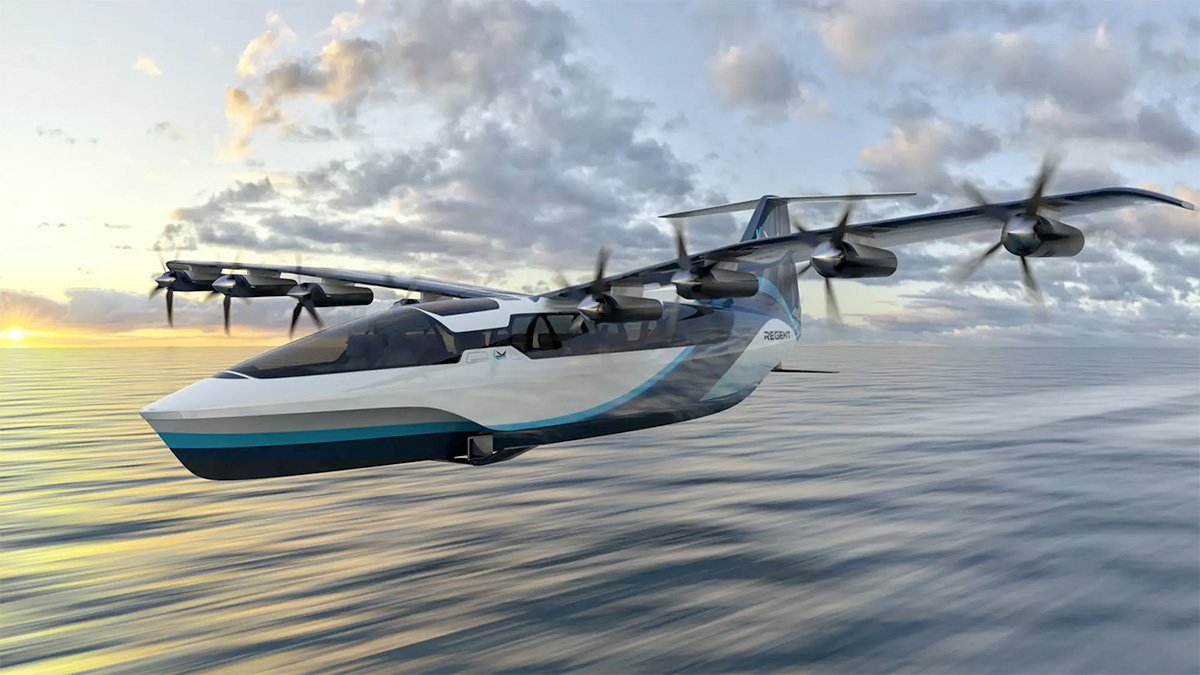
The Viceroy seaglider has a top speed of 180 mph (290 km/h) and a maximum range of 180 miles (290 km) on a single charge. While these specifications are promising for short-haul routes, such as between islands or along coastlines, the vehicle still falls short for longer distances. For example, it currently lacks the range to connect Honolulu and Hilo, two cities in Hawaii that are 340 miles (550 km) apart. However, Regent aims to extend the vehicle’s range to 500 miles (800 km) in future iterations.
Testing and approval
Regent has made significant strides since its inception, particularly in terms of testing. Up to this point, the company has only tested a quarter-scale unmanned prototype of the Viceroy, compact enough to carry a small dog but not large enough for human passengers. Now, full-scale tests are on the horizon, with the U.S. Coast Guard granting approval for manned tests of the full-size prototype.
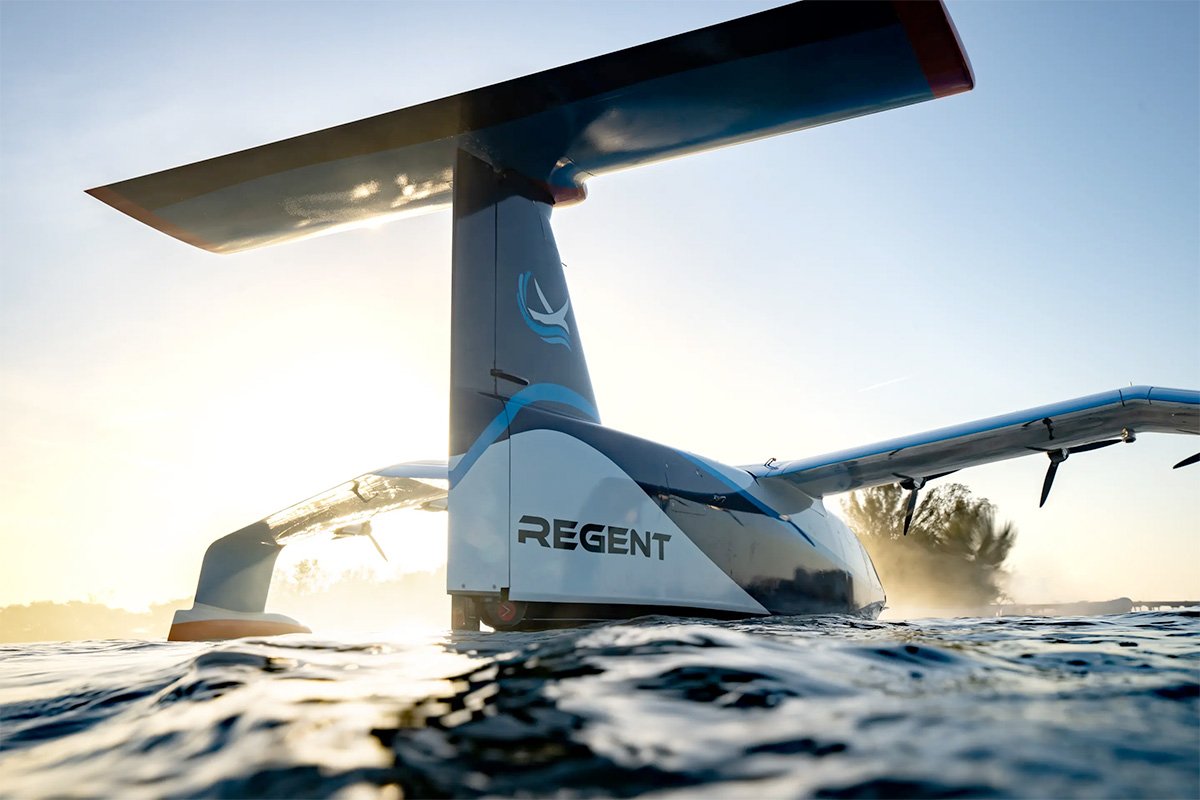
Interestingly, the U.S. Coast Guard, rather than the Federal Aviation Administration (FAA), regulates the seaglider. Although it is capable of flight, U.S. law classifies it as a maritime vessel due to its low-altitude flying over water. This classification potentially simplifies and lowers the cost of the certification process, as navigating the FAA’s regulations could be more time-consuming and costly.
The full-scale prototype testing is set to begin in Narragansett Bay and Rhode Island Sound, with human-piloted flights scheduled for early next year. However, it is still unclear whether Regent has fully built a functional full-scale vehicle at this point, though the company has produced a full-size mockup.
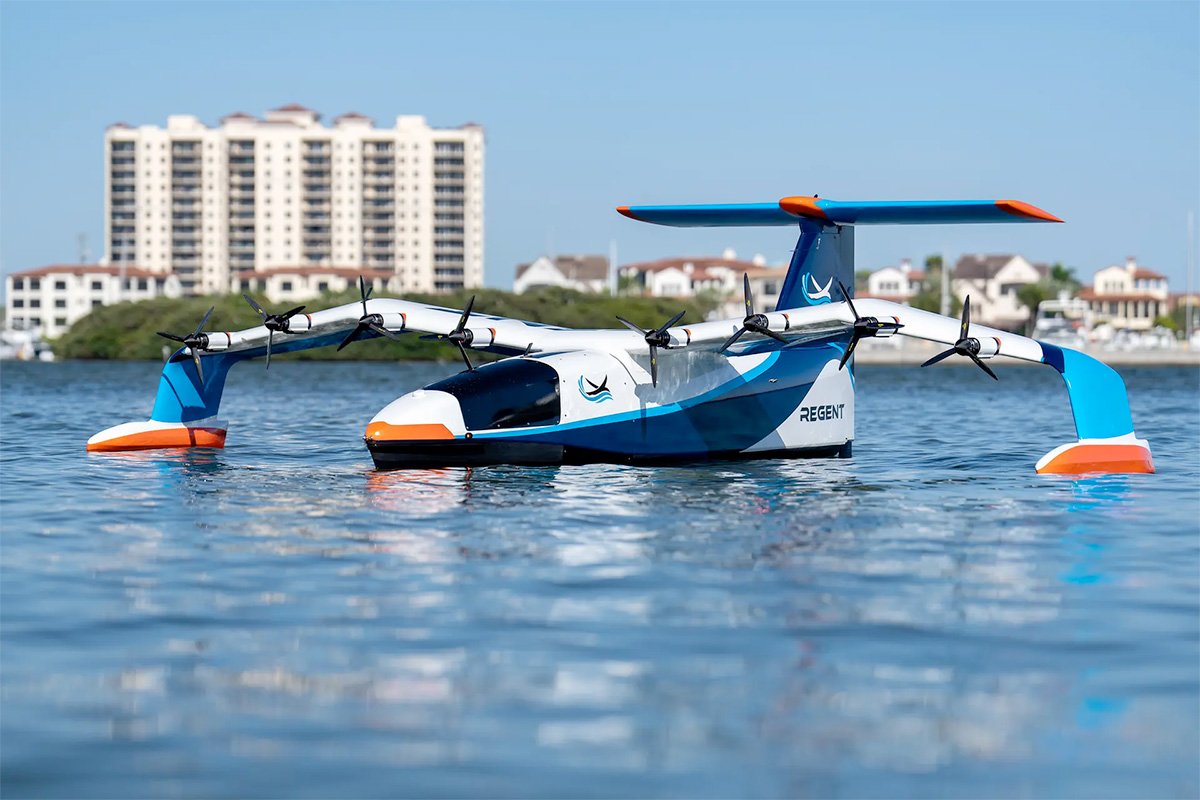
Market interest and future plans
Despite being a novel form of transportation, the Viceroy’s wing-in-ground technology isn’t entirely new. The concept has been explored before, with notable attempts such as the Soviet Union’s Ekranoplan, a large-scale ground-effect vehicle that proved to be impractical for widespread use. However, Regent’s seaglider is generating considerable interest, and the company has secured provisional deals for more than 600 units.
Several major players have expressed interest in the seaglider. Mesa Air Group and Brittany Ferries are reportedly in discussions with Regent, while investors like Peter Thiel, Mark Cuban, Lockheed Martin, and Y Combinator are backing the project. Hawaiian Airlines has also shown interest, though the company has yet to make a financial commitment to the seaglider.
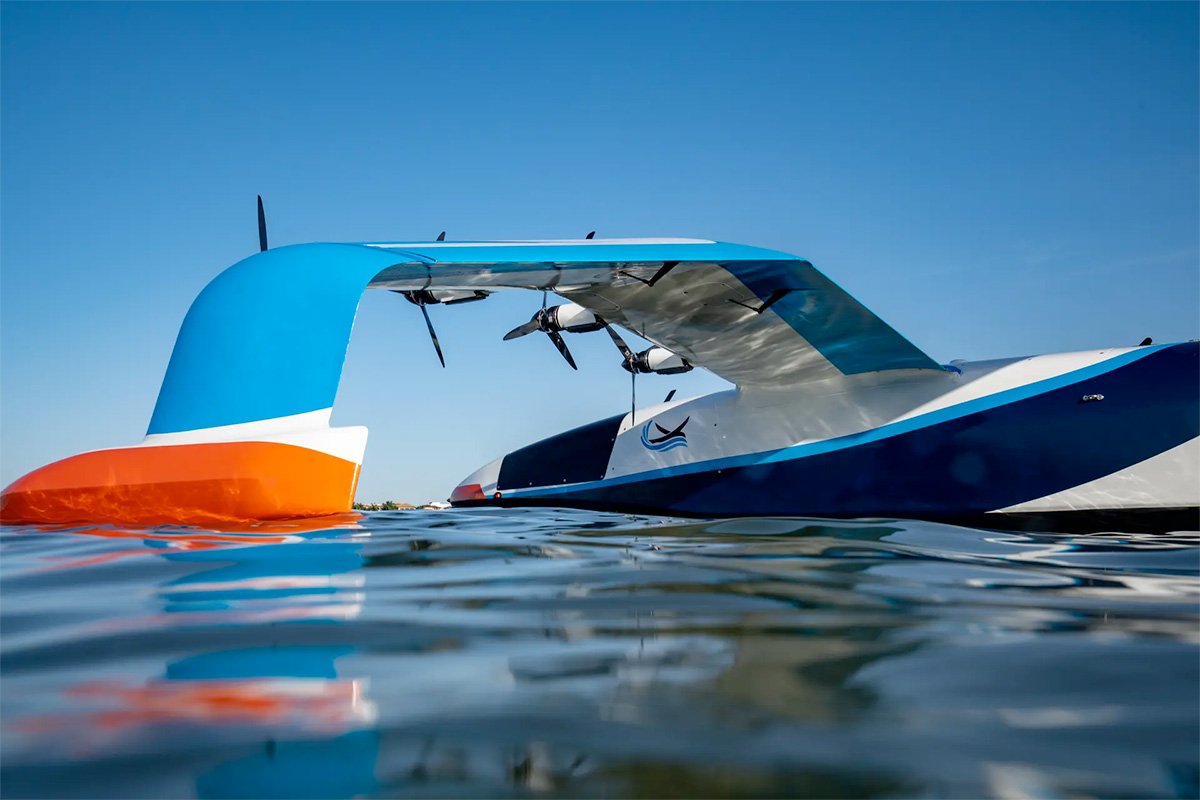
To meet anticipated demand, Regent is developing a seaglider manufacturing plant in Rhode Island. Initially, the company hopes to deliver up to 12 units per year, although scaling up production would likely be necessary to meet long-term goals.
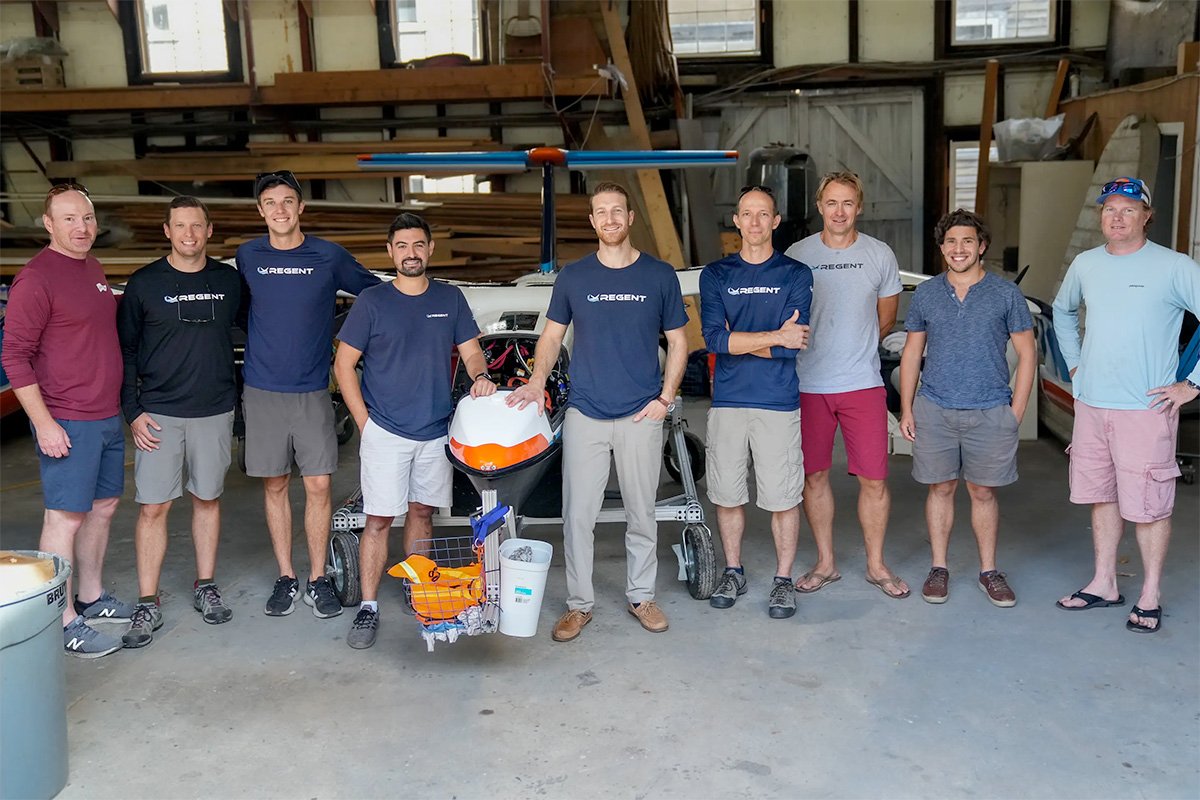
Source: Regent



